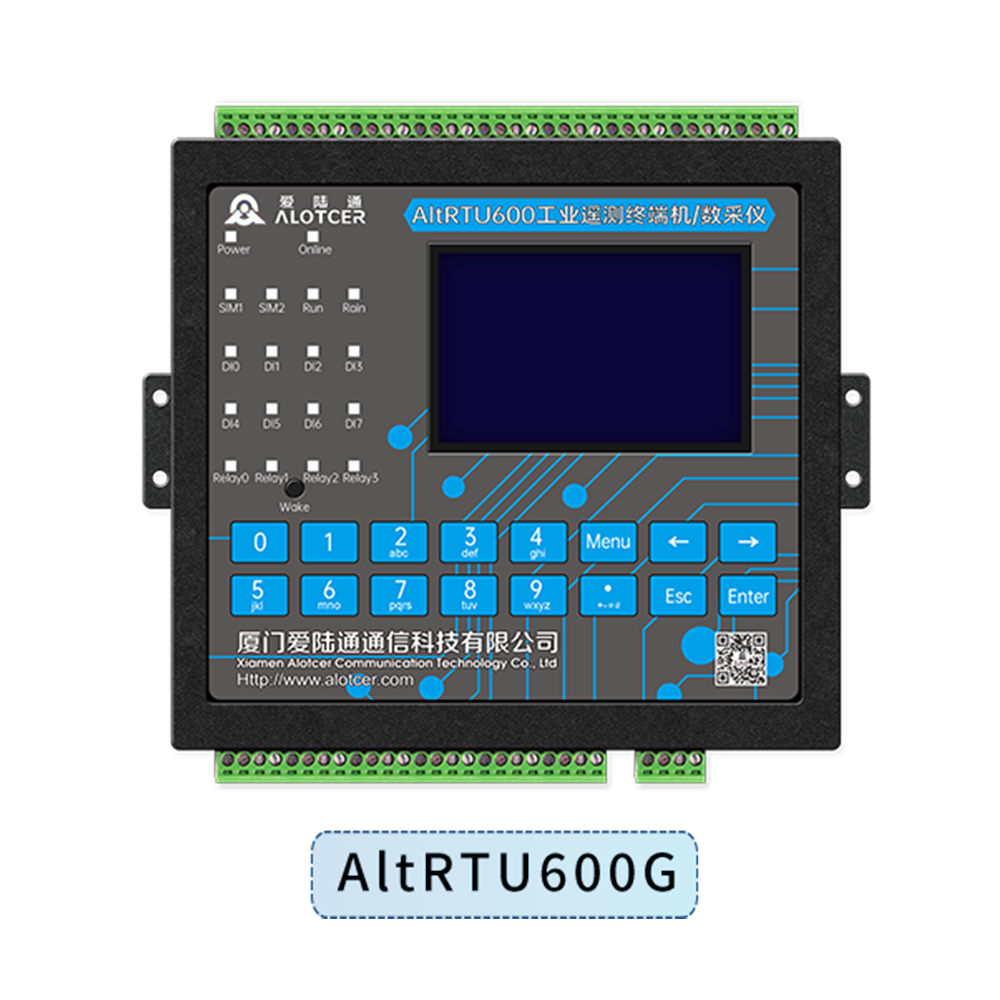86-18144159516
86-18144159516
Background
The current traditional street light management model has the following characteristics:
*High power consumption, inflexible time control mode, and inability to meet climate change and emergency situations.
*Manual inspection is required, which is heavy work, high cost and low efficiency.
*Unable to comprehensively detect and control, affecting deployment and wasting resources.
Scheme structure diagram

System Overview
Adding DTU equipment to the front end of the existing street light monitoring system, each segmented street light controller of the DTU can be connected and interoperated with the management center at the same time, enabling remote monitoring and control of the street lights in all road sections in the office.
*Front end: The front end is mainly used by the street light controller to monitor each sub-section, and it does not need to be changed to remain the same.
*Communication: The industrial-grade wireless data transmission terminal DTU replaces traditional manual inspection and management.
*Backend: The backend is generally a street light monitoring and management platform, which adjusts the communication layer to realize street light monitoring and management through the Internet.
System features and advantages
*Centralized management, switching street lights on and off according to time, climate and other factors to save power.
*Report the working status of street lights 24 hours a day, no need to send personnel to inspect, high efficiency and low cost.
* Automatically alarm when abnormal conditions occur to improve response speed to emergencies.
*DTU can be configured and modified remotely, making maintenance simple and easy.
Related products and on-site pictures










 Sitemaps
Other Country
Sitemaps
Other Country